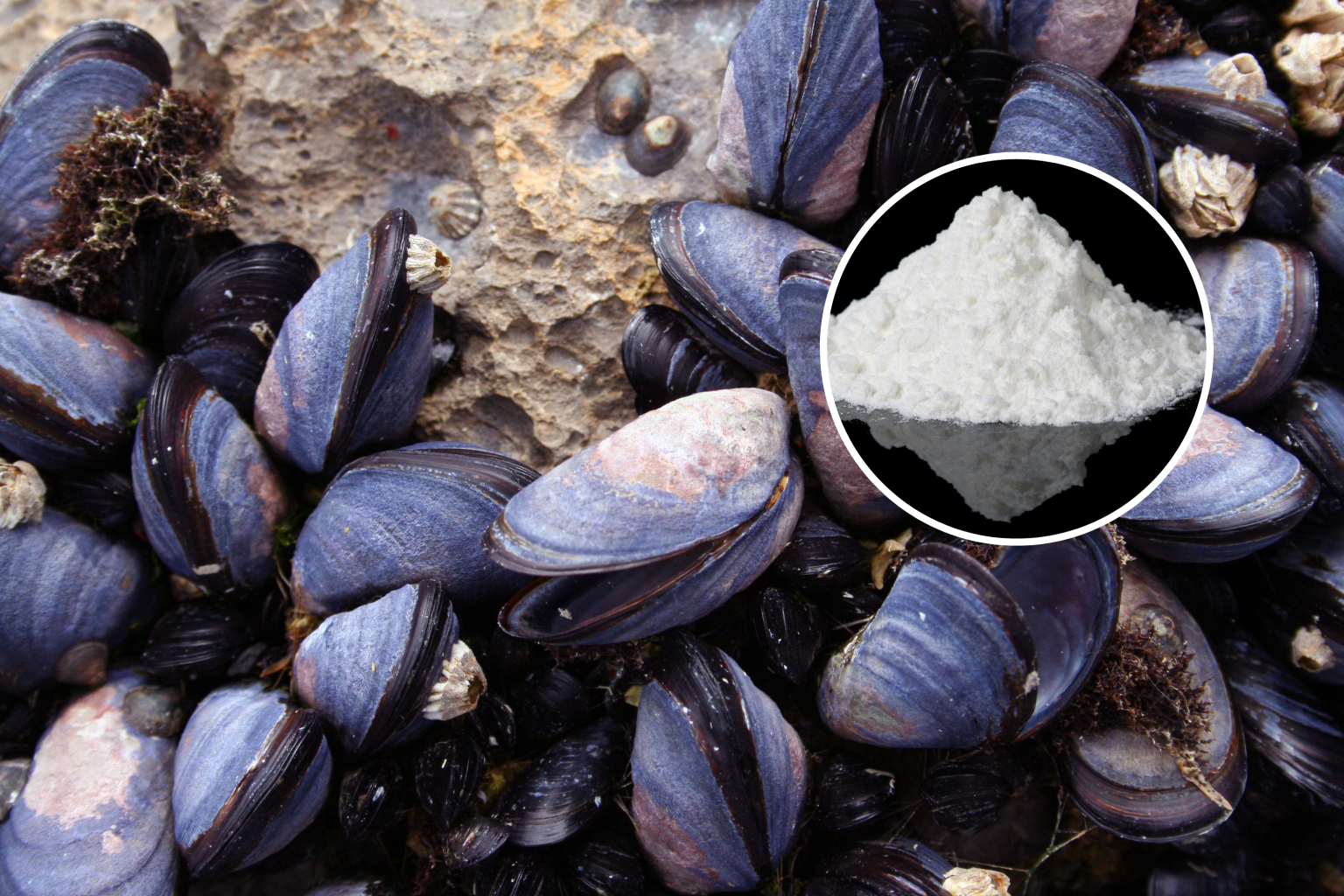A concerning amount of cocaine contamination has been discovered in Brazilian waters, specifically in the Bay of Santos near the city of São Paulo. Researchers at the Federal University of São Paulo found the drug in both the water and sediments of the bay, with a significant impact on marine life. Various marine creatures such as mussels, mangrove oysters, and fish were found to be experiencing severe toxicological effects as a result of the cocaine contamination. Due to these findings, cocaine has now been classified as an “emerging contaminant of concern” in the area.
The discovery of cocaine in the waters of the Bay of Santos dates back to 2017 when researchers also identified other medicines such as ibuprofen, paracetamol, and diclofenac. The concentration of cocaine found was equivalent to that of caffeine in the water, highlighting the severity of the contamination. Research conducted by the Federal University of São Paulo revealed that the drug was causing significant effects on marine life, particularly in mussels, where a high accumulation of cocaine was found. This bioaccumulation factor indicated potential contamination of seafood in the bay, posing a threat to marine ecosystems.
The toxicological effects of cocaine on marine creatures were evident in various ways, with mussels experiencing increased levels of dopamine and serotonin after exposure to the drug. This surge in neurotransmitters mimicked the effects of being “high” in the mussels and had negative impacts on their reproductive systems. Eels and oysters were also affected by the contamination, with disruptions in hormone production and egg formation observed. The researchers highlighted the need to address this issue as the long-term consequences of cocaine contamination on marine life could be detrimental to the ecosystem.
The source of the cocaine contamination in the Bay of Santos was initially thought to be linked to a carnival event in the area; however, further investigations disproved this theory. Inquiries to the São Paulo State Environmental Corporation revealed that the contamination has likely been accumulating in the bay since the 1930s, with increasing concentrations in recent years. The Bay of Santos’ location along a major drug trafficking route from Latin America to Europe raises concerns about the impact of untreated sewage and local drug use contributing to the high levels of cocaine found in the waters. The complex nature of the environmental and social risks associated with this issue calls for further research and understanding.
The researchers emphasized the need for comprehensive monitoring and measures to address the cocaine contamination in Brazilian waters to protect marine life and ecosystems. Understanding the pathways through which contaminants enter the sea and identifying potential sources of pollution are crucial steps in mitigating the impacts of drug contamination. By raising awareness about this issue and conducting further research, it is possible to develop strategies for preventing, reducing, and ultimately eliminating cocaine contamination in marine environments. Newsweek is committed to covering stories related to environmental contamination and invites readers to share any relevant information or inquiries.








